Closing Sound
As Mel had described, the Palouse to Cascades trail was in good condition east of Ellensburg. Now 70% of the way across the state, I started using it.
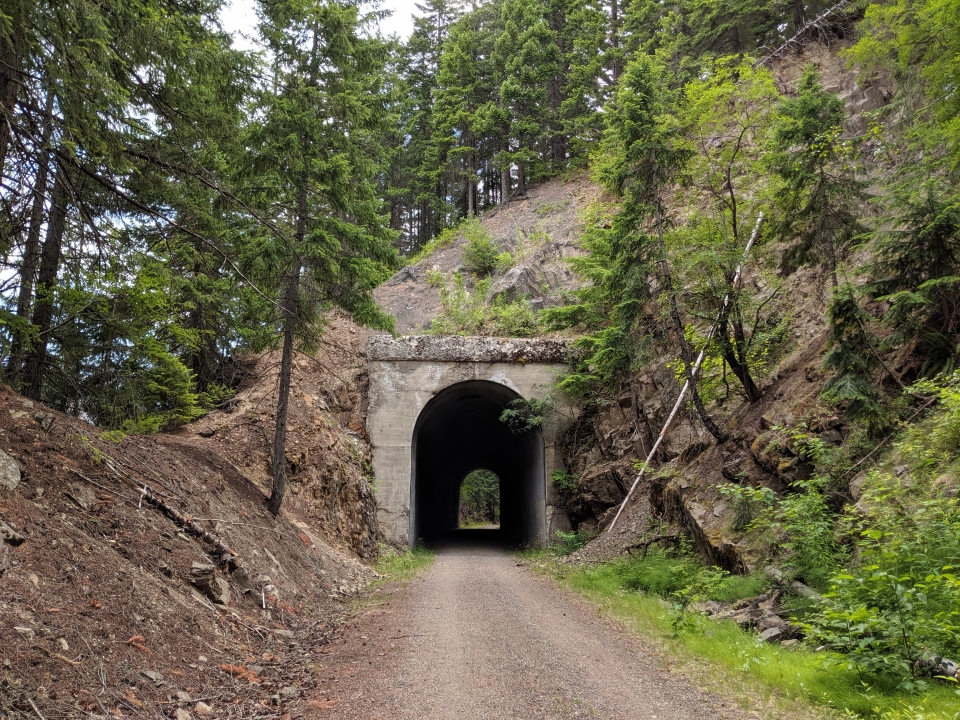
Naturally, when one thing gets better, another has to get worse. The headwind, already a consistent hindrance throughout Washington, was roaring, even at 7:00 AM. At one point, the trail was closed for maintenance, so I switched over onto roads. That meant less trees providing cover, and I was heading into the full-force wind. Not coincidentally, there were a lot of windmills in the area.
Late morning, I was able to get back on the trail. More trees helped, and continuing west put you into an area that naturally had less wind in the first place. The majority of the afternoon was spent climbing, but on a grade so slight you didn’t even notice. The surroundings got greener as the day went on.
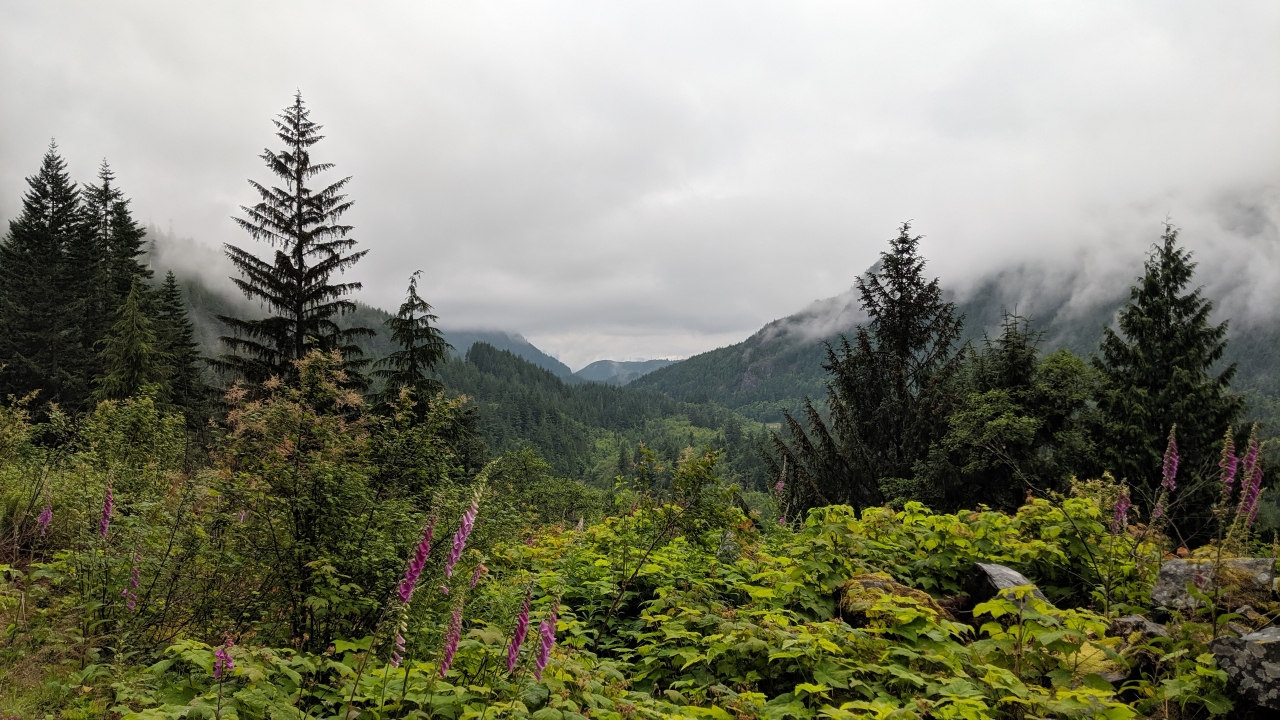
Late in the day, there was a 3 km tunnel, nearly twice as long as the one in Idaho. Because of the low lighting, progress was made at a low pace, so it took a looong time to make it through. As opposed to Idaho, where I was the only one in the tunnel, there were a lot of people in there, many of them hiking. Some of them were in families or large groups. A few of them didn’t have lights.
After only meeting half a dozen touring cyclists all summer, I met at least as many more today, mostly going on 3-5 day tours, and there were dozens of people simply going for a ride. Evidently gravel bikes are popular in western Washington. In an area with a lot of rain and groomed trails, that makes sense. What’s surprising is how fast people can move on them! Or maybe I’m simply slow.
One group gave me granola bar and a spicy chicken sandwich. Thanks, guys!
About 10 km after the long tunnel, there was an area with tent pads adjacent to the bike trail, specifically for the purpose of multi-day hike/bike trips. This is the way bike touring should be. A safe path away from cars and a place to sleep. That’s all we need. This should happen more often.
Riding in a major metropolitan area is normally a hassle, but the Seattle area’s impressive trail system changed that. You can get from one end to the other while barely using roads at all. One of the few times I had to ride on a road, it went directly past a large waterfall. Worth the trouble.
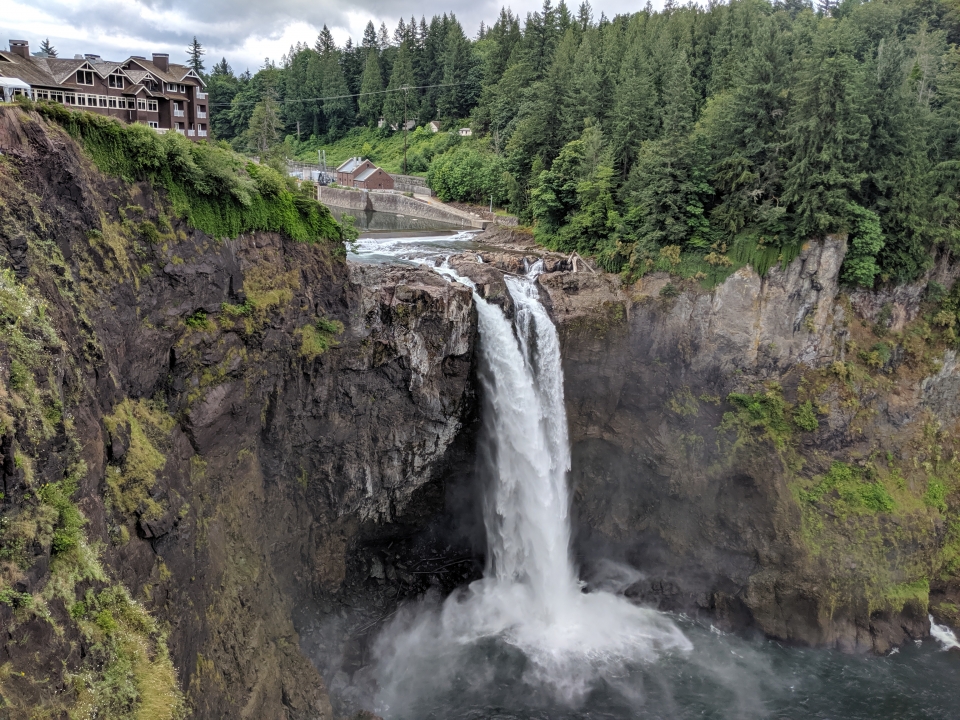
Seattle’s been facing a homeless problem, which became more evident as I got closer to Seattle proper. The average cost of a house in Seattle is $717,800, and an average apartment is $1,965 per month. Many landlords will only accept tenants with a salary three times greater than the monthly rent, so you’d need to make about $6,000/month, or $72,000/year, to afford rent. The national median income is $31,100/year.
Seattle has raised the city’s minimum wage to $12/hour, which comes to about $24,000/year. It’s an improvement over the national minimum wage of $7.25/hour (about $14,500/year). The census bureau sets the poverty line at roughly $22,000, which means a full-time job at minimum wage puts you well below poverty level. Seattle’s $12/hour minimum wage means you’re no longer living in “poverty,” but you’d still need three times as much money in order to sleep indoors.
I eventually crossed the sound, on a bridge with a separated bike path, and found myself on the UW campus in Seattle. I spent about an hour looking around. They have a nice library.
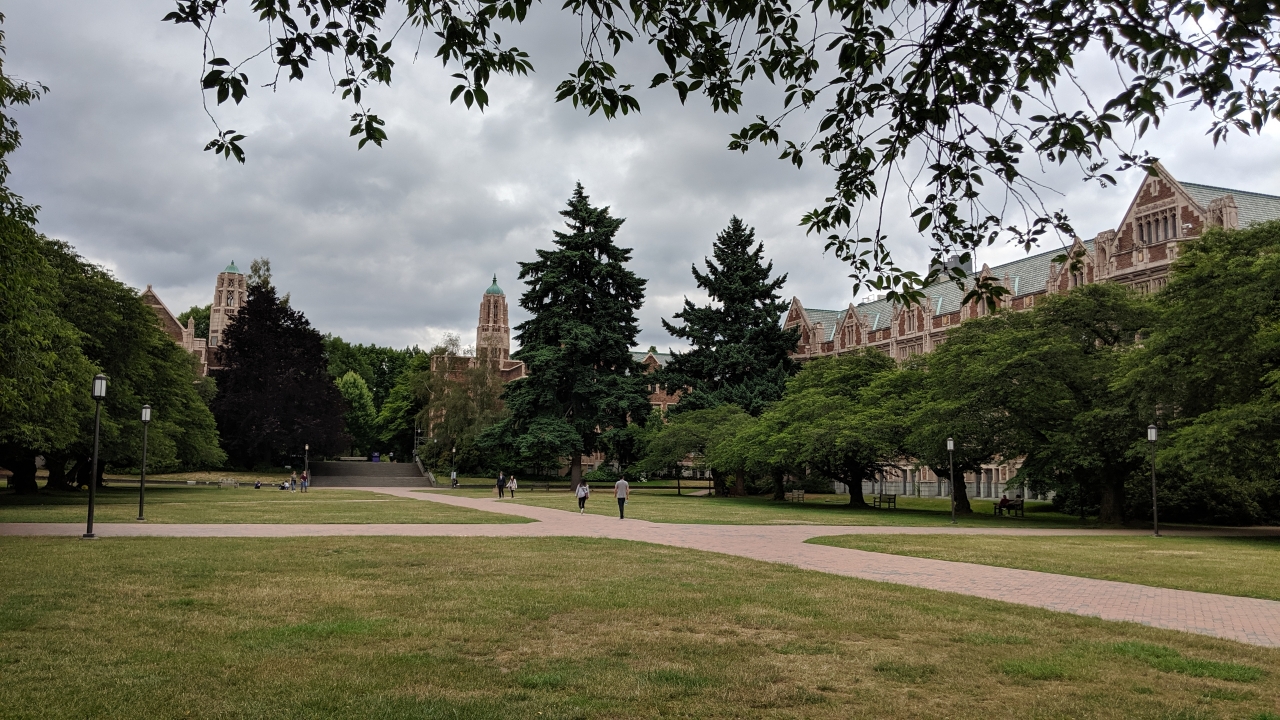
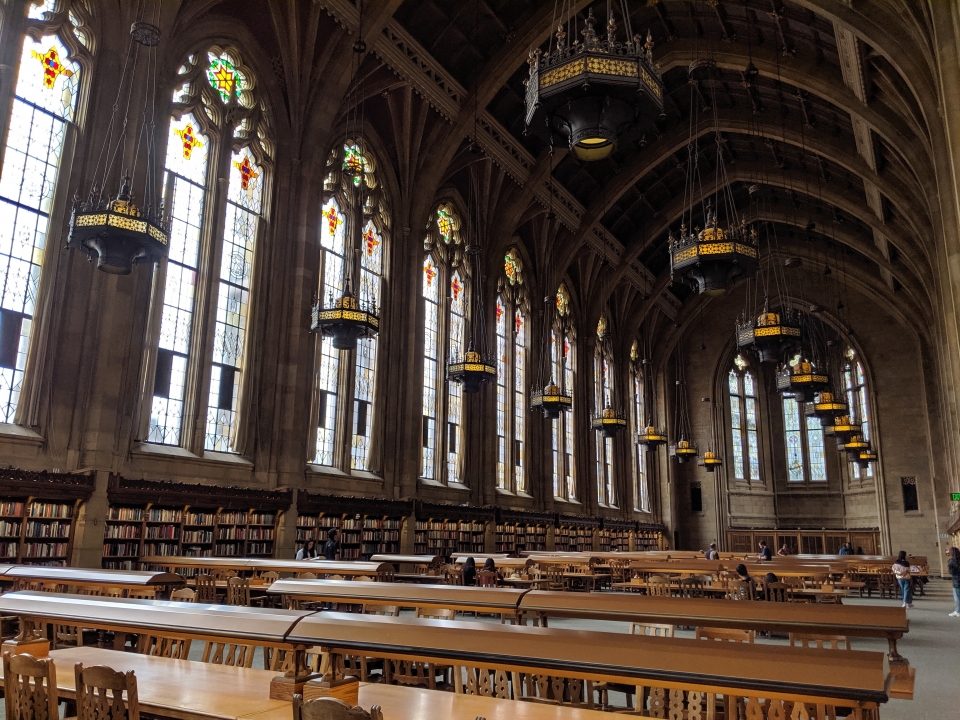
When she found out I was going to Seattle, Darrelle, the nurse at my school, told me her mother Georgeanne lives in Seattle and I should stay with her. She asked me to deliver a watercolor butterfly and a blue ribbon. Her daughter, who was one of my students, is a talented artist and had won them in an art contest. After carrying them since Tucson, I was happy to give them to Georgeanne and complete my summer-long quest. They were a little beat up from spending the summer packed in canvas bags, but every wrinkle tells a story.
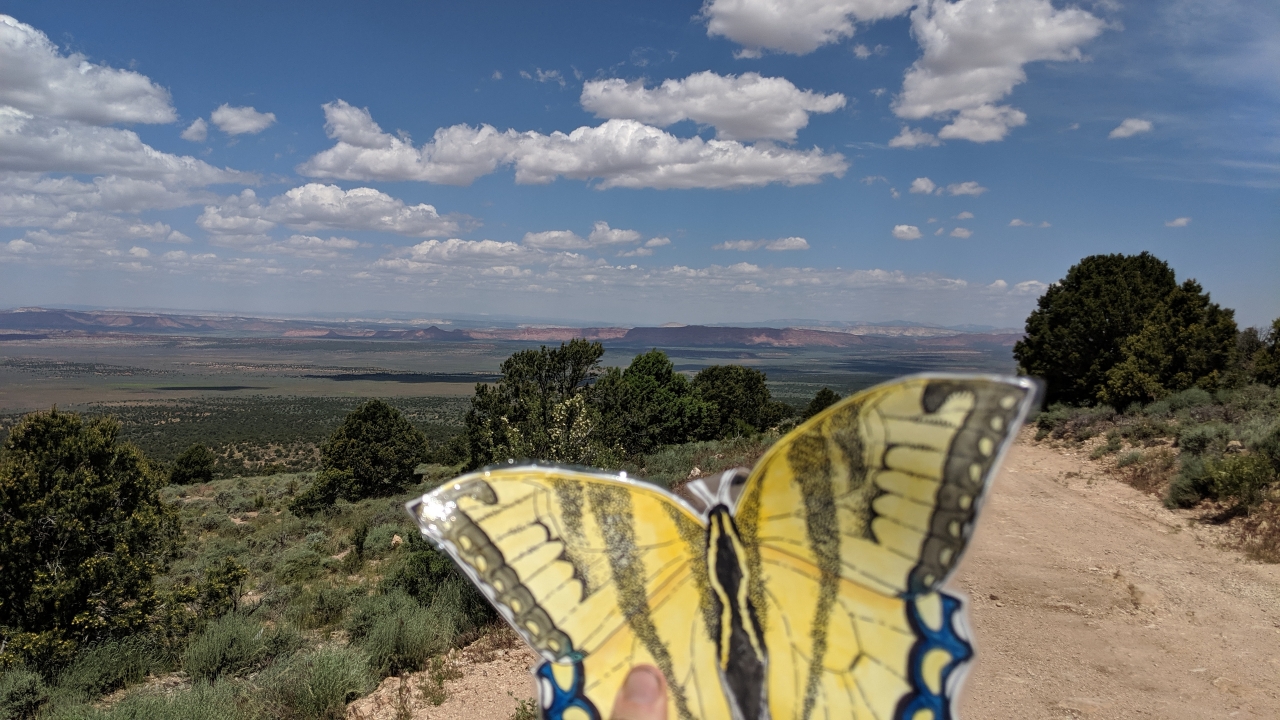
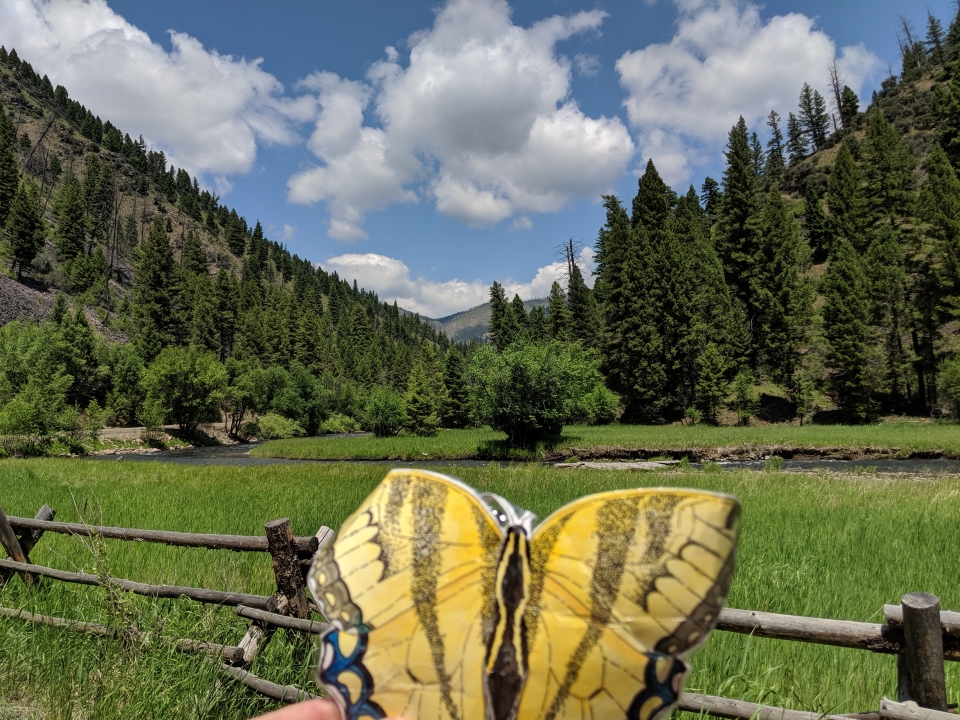
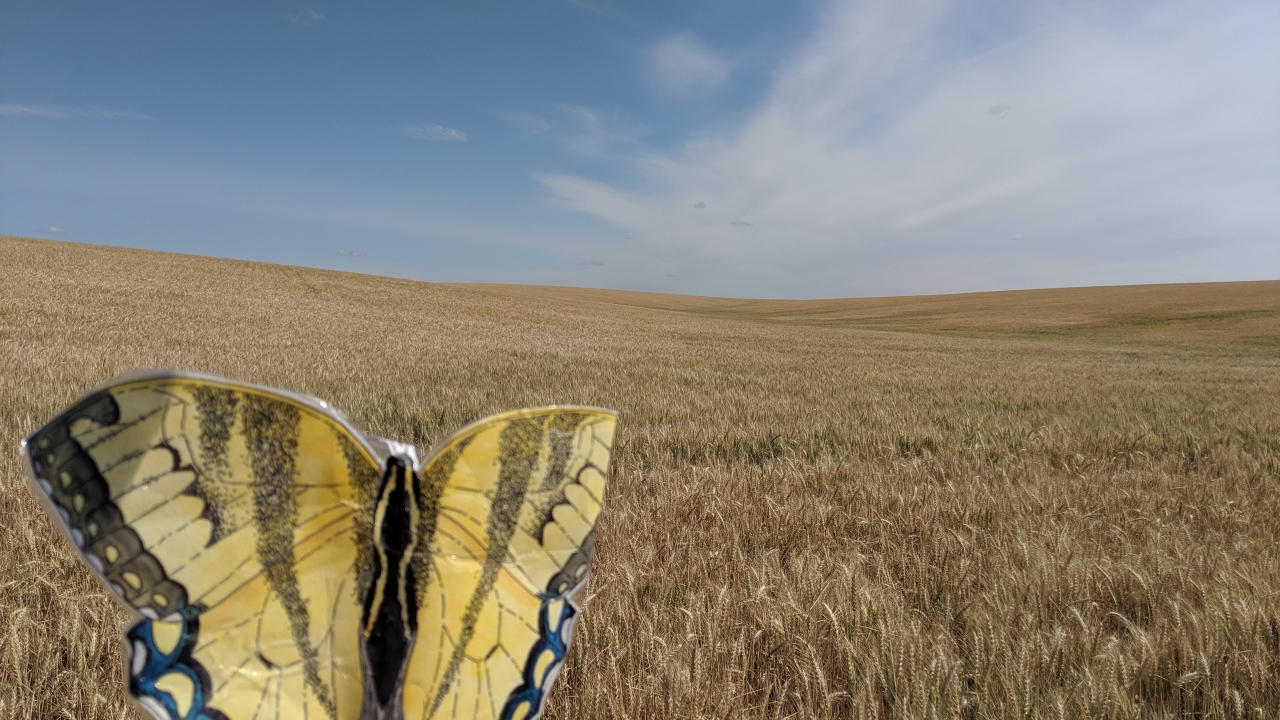
My flight home wasn’t for a few days, so I was able to spend some time seeing Seattle. Georgeanne’s friends, Peter and Marlene, own a small boat and took us around the sound. I was even able to take the helm for a while.
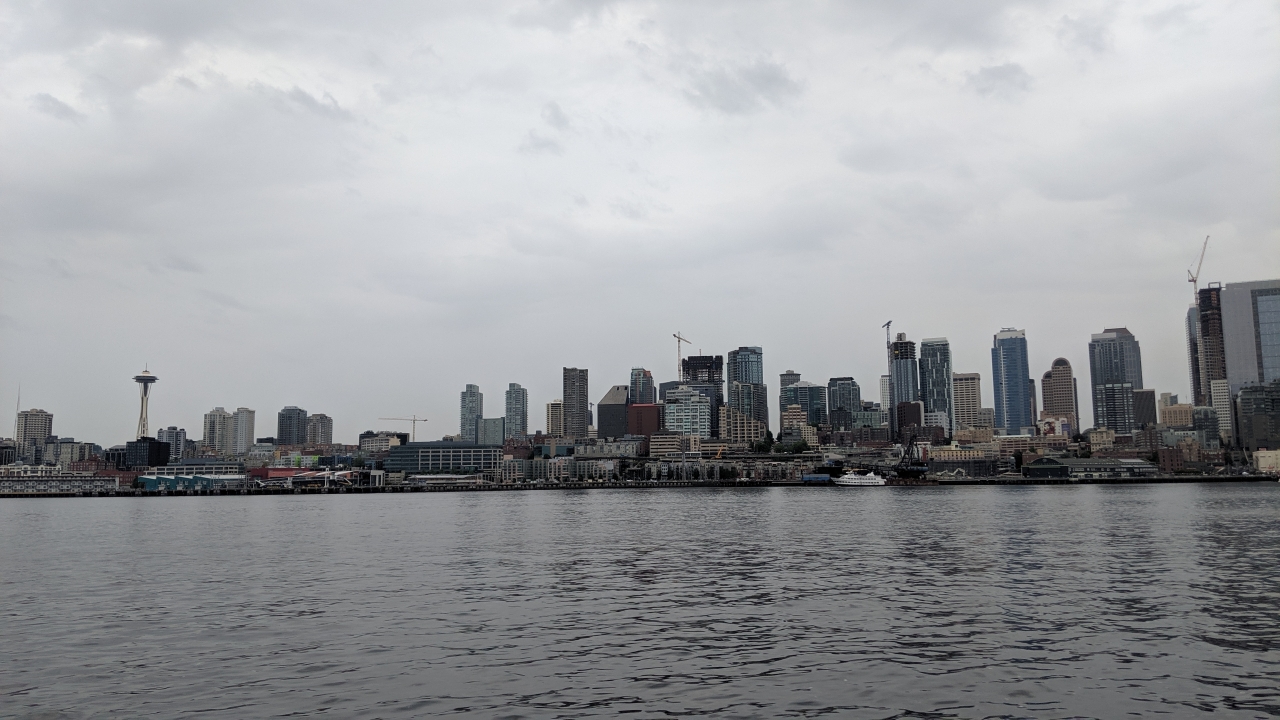
The plane ticket was $120, but putting Teeder on the plane cost $150. C’mon, man…
Two long flights and two time zones later, I landed in Austin late at night. My friend Daron took me home. It would’ve been nice to do something fun or celebratory that night, but I went straight to bed.
I’ve said it before, but the hardest things about bike touring aren’t the things you have to do, but rather the things you have to give up. Taking a daily hot shower, putting on a soft cotton T-shirt and pair of sandals, spending a quiet afternoon at the library...bike touring helps you appreciate all the things you normally take for granted.
Overall, the Wild West Route was a positive. I’d recommend it to anyone who’s interested in bikepacking. If I were to do it all over again, I’d probably stick to the route all the way north instead of branching off and riding across Washington. The Wild West Route is similar to the Great Divide Route and compares favorably.
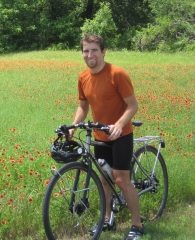


 June
June

